Getting more light by increasing the cps of the AC
albert_135 39.17°N 119.76°W 4695ft.
19 years ago
Related Stories
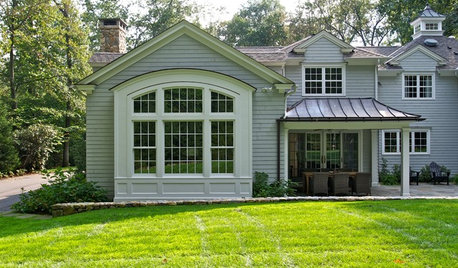
ADDITIONSSmall Wonders: Get More of Everything With a Bay Window
Bump out a room to increase light, views and square footage — we give you details and costs for the five bay window types
Full Story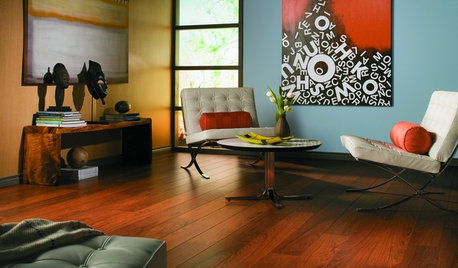
REMODELING GUIDESLaminate Floors: Get the Look of Wood (and More) for Less
See what goes into laminate flooring and why you just might want to choose it
Full Story
SMALL SPACESGetting a Roommate? Ideas for Making Shared Spaces More Comfortable
Here are tips and tricks for dividing your space so everyone gets the privacy they need
Full Story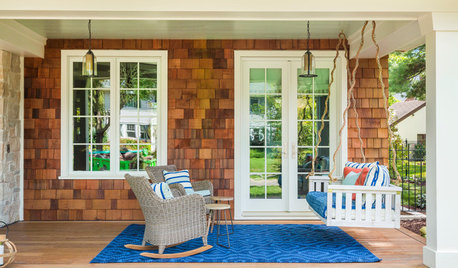
GARDENING AND LANDSCAPING10 Ideas for Decorating Your Summer Porch
Watch the world go by from a porch decked out with comfy furniture and inspiring accessories
Full Story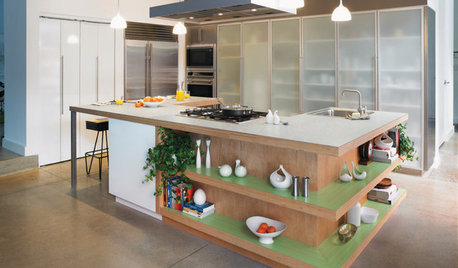
KITCHEN DESIGNGet More From Your Kitchen Island
Display, storage, a room divider — make your kitchen island work harder for you with these examples as inspiration
Full Story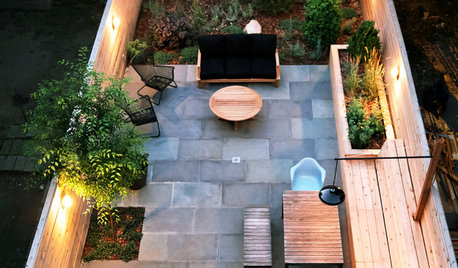
MOST POPULAR16 Ways to Get More From Your Small Backyard
Make a tight or awkward yard a real destination with these design tricks from the pros
Full Story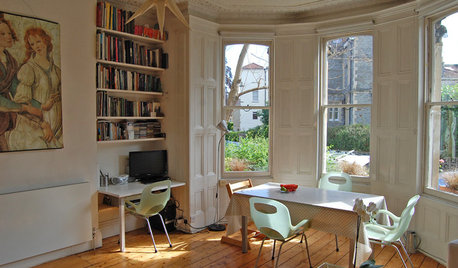
MOVING10 Rooms That Show You Don’t Need to Move to Get More Space
Daydreaming about moving or expanding but not sure if it’s practical right now? Consider these alternatives
Full Story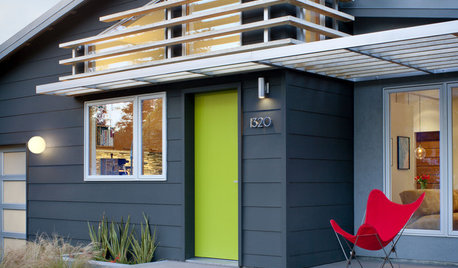
EXTERIORS17 Ways to Increase Your Home's Curb Appeal
The word on the street? Homes with appealing front views can sell faster, lift moods and convey a warm welcome
Full Story
EARTH DAY5 Ideas for a More Earth-Friendly Garden
Consider increasing the size of garden beds, filtering rainwater and using plants to reduce energy use
Full Story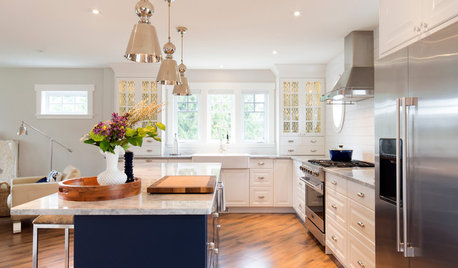
LIGHTINGHow to Get Your Kitchen Island Lighting Right
Here are some bright ideas on when to use chandeliers, pendants, track lights and more
Full StoryMore Discussions






gawdly
GrapeNut
Related Professionals
Signal Hill Landscape Architects & Landscape Designers · Wakefield Landscape Contractors · El Reno Landscape Contractors · Hollywood Landscape Contractors · South Portland Landscape Contractors · Thornton Landscape Contractors · Ferguson Landscape Contractors · Fountain Fence Contractors · Orange County Fence Contractors · Redondo Beach Fence Contractors · Cedar Rapids Roofing & Gutters · Miami Beach Roofing & Gutters · Omaha Roofing & Gutters · Washington Roofing & Gutters · La Grange Park Roofing & Gutterszink